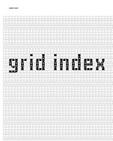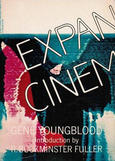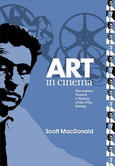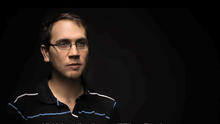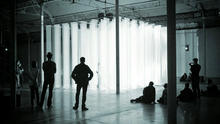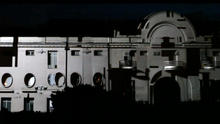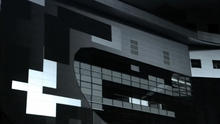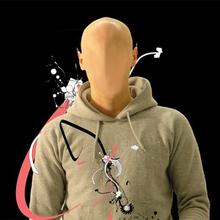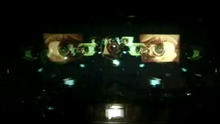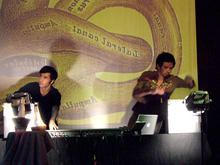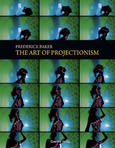Animal
(2011)by Arnaud Gillette and Yannick Jacquet is a desire of contrast, a graphic point of view on a subject in variable curves, a show where the equestrian universe tells the classic space of the theater stage.
Animal is a desire of contrast, a graphic point of view on a subject in variable curves, a show where the equestrian universe tells the classic space of the theater stage.
The main actors of this part into dialogue with digital and music art are four horses, using lights and video installations.
Source: Arnaud Gillette
